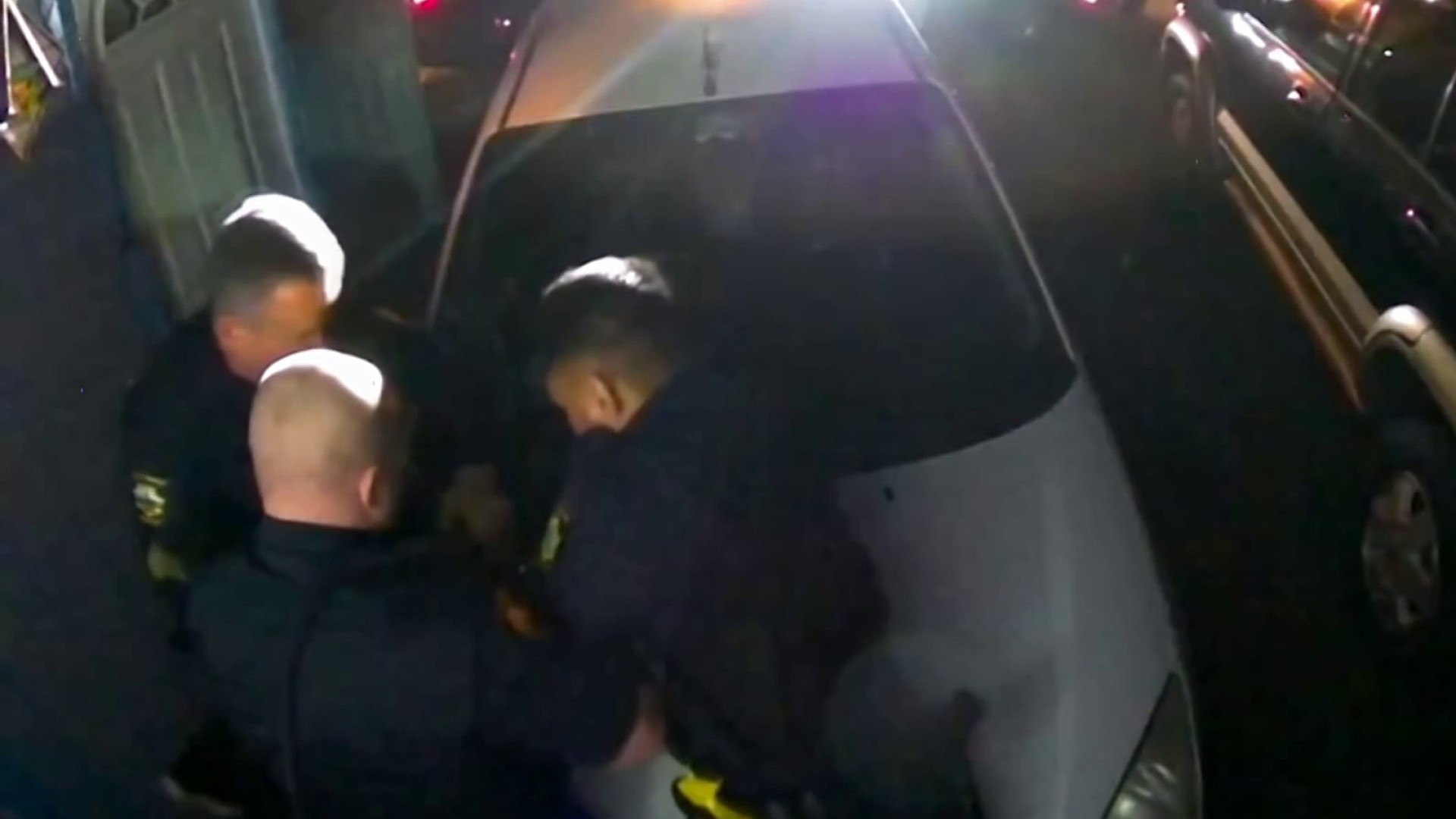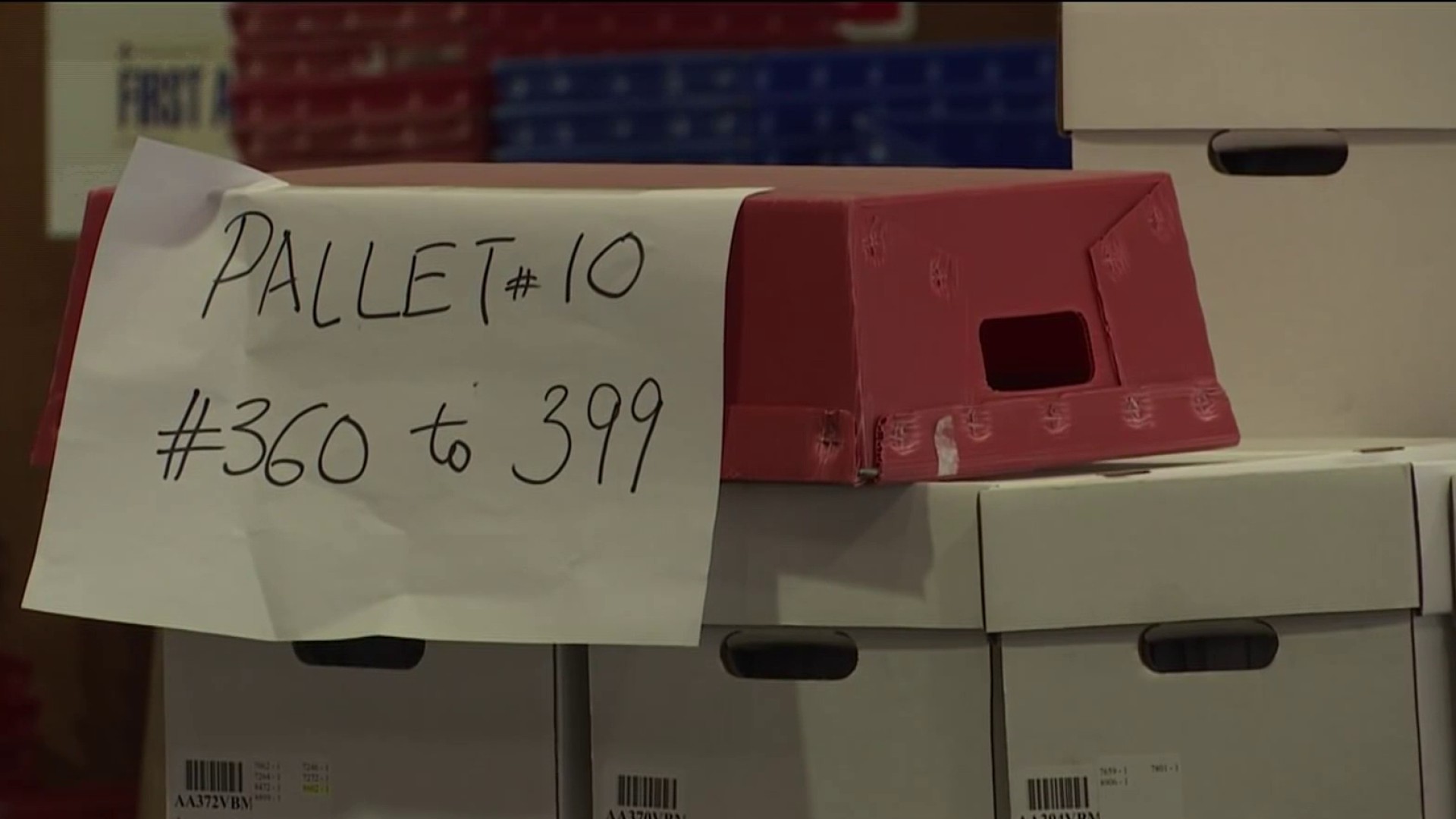With steel fabricators working seven days a week, quality control inspectors struggled to continuously oversee the quality of Transbay terminal’s vital steel structures, according to a 2016 Transbay staff memo reviewed by NBC Bay Area.
One of the firms that Transbay officials had earmarked for quality control inspections was Stockton-based Herrick Corp., the firm that fabricated the two massive support beams that have now cracked.
Transbay engineers are investigating design and loading factors, as well as weld and steel quality, as possible causes for those two compromised 85-foot-long beams that cross Fremont Street. The $2.2 billion transit center remains closed during that investigation.
Documents reviewed by NBC Bay Area show that in both 2015 and 2016, the Transbay Joint Powers Authority staff acknowledged that the challenge of overseeing the quality of the steel was greater than expected.
A memo supporting the 2016 increase noted the biggest problem was that specially trained inspectors were spread too thin to thoroughly check all seven sites across the Western U.S.
“The locations were geographically spread apart and therefore, special inspection staff could not monitor two or more locations within the same work shift or area,” a staff memo found.
Turner Construction, the oversight firm hired by Transbay, was tasked with daily continuous monitoring of the work starting in 2010. Turner initially envisioned inspections for two steel plants running two eight-hour shifts per day, estimating 1,460 inspection hours per month.
Local
But they ended up working more than twice as many hours per month after learning that at seven locations, firms were actually operating two 10-hour shifts per day, seven days a week.
Complicating matters was that the fabrication was spread out across the West, with work going on in Utah and Washington, at two locations in Oregon and three in California – one in Vallejo as well as the Herrick Corp. facilities in San Bernardino and Fresno.
It is not clear which of those two was responsible for the cracked beams.
The 2015 and 2016 staff memos to support bolstered inspections both cited the “increased complexity and rigor of the steel design” as posing a major challenge to the inspectors.
“All of the structural steel members and connections for the new Transbay Transit Center are heavier and thicker than used in comparable conventional building design for steel due to the enhanced seismic as well as risk and vulnerability criteria,” the 2016 staff memo noted.
“The increased steel member sizes and thickness require more welding passes (time) to join members and produce steel fabrication components. Therefore, the built-up steel sections require additional inspections than originally assumed during the construction planning and additional inspections than were contemplated …”
Some of the added inspection effort was the product of unforeseen design changes, the staff noted, that were triggered when the kind of steel needed was not available domestically. Domestic steel was mandated under the so-called “Buy American” provision built into federally funded projects.



